A digital PR consultancy might be able to drive more traffic to your website with an effective media campaign, but are you doing enough to take advantage of this increase in audience share?
Digital reporting of PR is an ideal way to inform your wider online or digital marketing strategy by giving you an insight into what a visitor does once they’ve landed on your website.
By reviewing the referral traffic from news websites or blogs where your coverage is appearing you can see if a user sticks around to check out other content on your website; completes a form or downloads an eBook/ report; or if they simply view one page and then leave.
If you have a high ‘bounce rate’ (i.e. a visitor lands on your website, stays for a moment then leaves) don’t fear, as bounce rates cannot be viewed in isolation. However, if you are consistently seeing high bounce rates from your referral traffic, it could suggest that you have a problem with your website content and/or design.
Your website needs to be user friendly and easy to navigate to engage your visitors.
But how?
To build a successful website, you need to ensure that you are optimising the website for keywords your business wants to rank for, as this can also help inform your PR strategy and wider content creation.
Seeing a rise of 200% in organic traffic driven by a successful PR campaign is all well and good, but seeing most of this audience disappear after a single page visit suggests you are wasting the efforts of your PR campaign.
Even straightforward measures like optimising your H1 page headers and page titles can help boost the effectiveness of your PR campaign.
Using our own website as an example, this shows the page titles created to rank for B2B PR Agency London and Tech PR - the two elements we want to rank for.
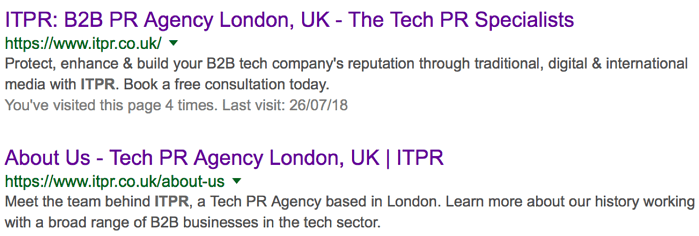
Similarly here with this example blog, the title is optimised to rank for data-driven PR measurement so this H1 fits the bill.
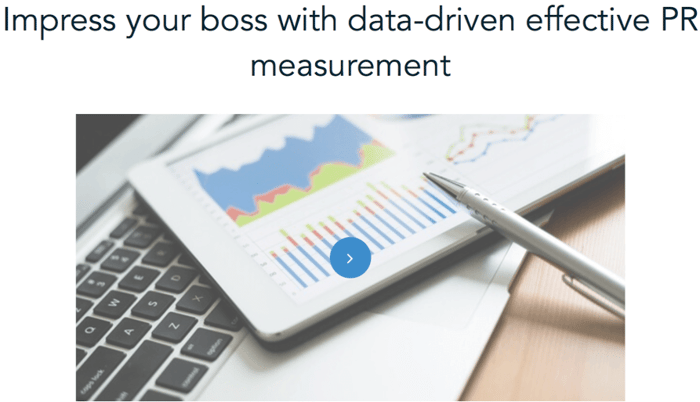
Getting these elements of your website right will then help with your digital reporting and will help show if a company’s marketing messages are relevant for search, or if they are just industry jargon that no-one is looking for – and therefore useless for an SEO and digital PR strategy.
Show the effects of your PR efforts to your boss: find out how to impress your boss with data-driven effective PR measurement.


.png?width=300&height=225&name=35%20(1).png)
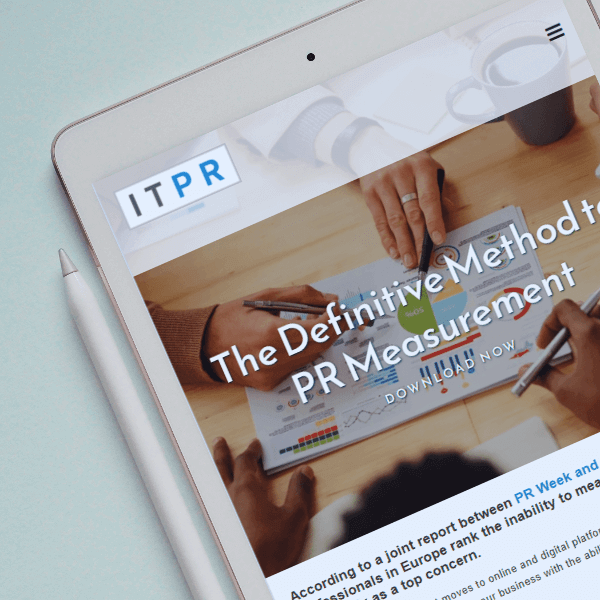
.png?width=300&height=225&name=35%20(2).png)

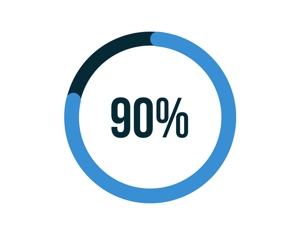
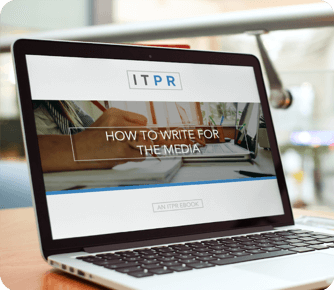


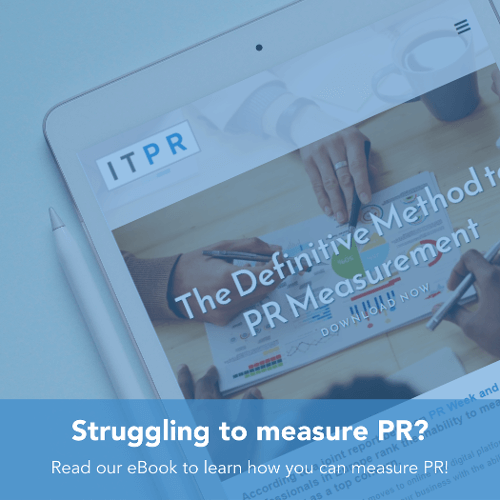

.png?width=60&name=twitter-logo%20(1).png)
